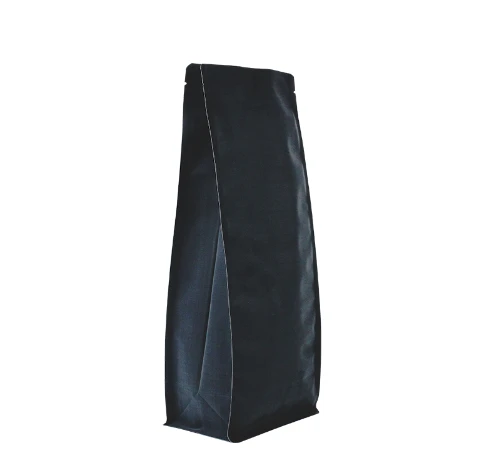- Afrikaans
- Albanian
- Amharic
- Arabic
- Armenian
- Azerbaijani
- Basque
- Belarusian
- Bengali
- Bosnian
- Bulgarian
- Catalan
- Cebuano
- chinese_simplified
- chinese_traditional
- Corsican
- Croatian
- Czech
- Danish
- Dutch
- English
- Esperanto
- Estonian
- Finnish
- French
- Frisian
- Galician
- Georgian
- German
- Greek
- Gujarati
- haitian_creole
- hausa
- hawaiian
- Hebrew
- Hindi
- Miao
- Hungarian
- Icelandic
- igbo
- Indonesian
- irish
- Italian
- Japanese
- Javanese
- Kannada
- kazakh
- Khmer
- Rwandese
- Korean
- Kurdish
- Kyrgyz
- Lao
- Latin
- Latvian
- Lithuanian
- Luxembourgish
- Macedonian
- Malgashi
- Malay
- Malayalam
- Maltese
- Maori
- Marathi
- Mongolian
- Myanmar
- Nepali
- Norwegian
- Norwegian
- Occitan
- Pashto
- Persian
- Polish
- Portuguese
- Punjabi
- Romanian
- Russian
- Samoan
- scottish-gaelic
- Serbian
- Sesotho
- Shona
- Sindhi
- Sinhala
- Slovak
- Slovenian
- Somali
- Spanish
- Sundanese
- Swahili
- Swedish
- Tagalog
- Tajik
- Tamil
- Tatar
- Telugu
- Thai
- Turkish
- Turkmen
- Ukrainian
- Urdu
- Uighur
- Uzbek
- Vietnamese
- Welsh
- Bantu
- Yiddish
- Yoruba
- Zulu
plastic film rolls
The Versatility of Plastic Film Rolls Applications and Innovations
Plastic film rolls are an integral component in various industries, serving diverse purposes that enhance efficiency, protection, and aesthetics. From packaging to agriculture, these rolls provide solutions that cater to a myriad of needs while adapting to the ever-evolving demands of modern society.
1. Understanding Plastic Film Rolls
Plastic film rolls are thin sheets of plastic, typically made from materials such as polyethylene, polypropylene, and polyvinyl chloride (PVC). They are produced in large continuous sheets, which are then rolled up for transportation and storage. The flexibility and durability of plastic films make them suitable for an array of applications. The production process involves extrusion, where plastic is melted and formed into thin sheets, which are subsequently cooled and rolled.
2. Applications in Packaging
One of the most significant uses of plastic film rolls is in the packaging industry. These films are essential for protecting products from moisture, dust, and contamination. They extend the shelf life of food products, ensuring they remain fresh and safe for consumption. Shrink films, stretch films, and barrier films are commonly used in packaging. Shrink films, for instance, snugly wrap around items when heat is applied, providing a tight and secure seal. Stretch films, on the other hand, are used to secure products on pallets for transportation, preventing movement during shipping.
Moreover, custom printed plastic film rolls have become increasingly popular, allowing brands to enhance their visibility and customer engagement. By incorporating logos, vibrant colors, and informative graphics, businesses can leverage packaging as a marketing tool, fostering brand recognition and loyalty.
3. Environmental Considerations
With the rise of environmental consciousness, the plastic industry faces significant scrutiny regarding sustainability. The linear economy model, which relies heavily on single-use plastics, has prompted a shift towards more sustainable practices. Many manufacturers are now focusing on biodegradable and recyclable plastic films. Innovations such as bio-based polymers made from renewable resources are being developed to mitigate the environmental impact. Additionally, companies are exploring the potential of compostable films that retain functionality while offering an eco-friendly end-of-life option.
plastic film rolls

Plastic film rolls play a vital role in modern agriculture. They are widely used as mulch films, which involve covering soil to suppress weeds, retain moisture, and regulate temperature, thus enhancing crop yield. Similarly, greenhouse films create controlled environments that optimize growth conditions. Innovations in this area include UV-stabilized films that offer improved durability and longevity, reducing the need for frequent replacements. These advancements not only increase agricultural efficiency but also contribute to food security.
5. Industrial and Construction Uses
Beyond packaging and agriculture, plastic film rolls have important applications in industrial and construction settings. In the construction industry, plastic sheets are used as vapor barriers, protecting buildings from moisture-related damage. They are essential during the curing process of concrete and help prevent water loss. In industrial settings, plastic films can be utilized for surface protection, preventing scratches and damage to products during manufacturing and transportation.
6. The Future of Plastic Film Rolls
Looking ahead, the future of plastic film rolls is marked by innovation and adaptation. The industry is poised to benefit from advancements in technology, including the development of smart films that can provide data such as temperature, humidity, and exposure to light. These intelligent materials could revolutionize packaging by ensuring optimal storage conditions and enhancing supply chain efficiency.
Moreover, the growing trend of circular economy models may lead to exciting developments in recycling technologies, enabling the reclamation and reuse of plastic film materials. As consumers and businesses alike demand eco-friendly solutions, the industry must continue to innovate, balancing functionality with environmental responsibility.
Conclusion
Plastic film rolls are versatile products that span multiple industries, offering solutions that enhance protection, efficiency, and visibility. Despite facing environmental challenges, the sector demonstrates significant potential for innovation, paving the way for more sustainable practices and new applications. As we look to the future, the importance of plastic film rolls will undoubtedly continue to grow, driven by both technological advancements and the need for responsible material management. Whether in packaging, agriculture, or construction, these films will remain essential tools in our modern world.













